Rubber Testing Equipment
Home » Test Machines » Rubber Testing Equipment
The rubber testing equipment is very important because the quality and durability of the rubber materials used across industries are checked. Operating from very precise rubber test tubes to very advanced types of equipment for testing rubber, these tools test properties such as elasticity, tensile strength, and resilience so that their performance can be judged according to the manufacturing standards, thus ensuring efficient application.
Get Information on Spaghetti Production Line Manufacturers
Find Your Rubber Testing Equipment
Achieve accuracy with a trusted rubber testing machine tailored to your specific quality assurance requirements. Universal test machines for rubber give accurate and consistent results in evaluating material strength, elasticity, or durability of rubber goods. The machines give the very necessary edge to industries where high performance and international standards are paramount. From tensile test to compression test, if you consider all various tests entrusting the utmost equipment will guarantee your rubber materials in the highest quality standards, thus giving you assurance of production processes.
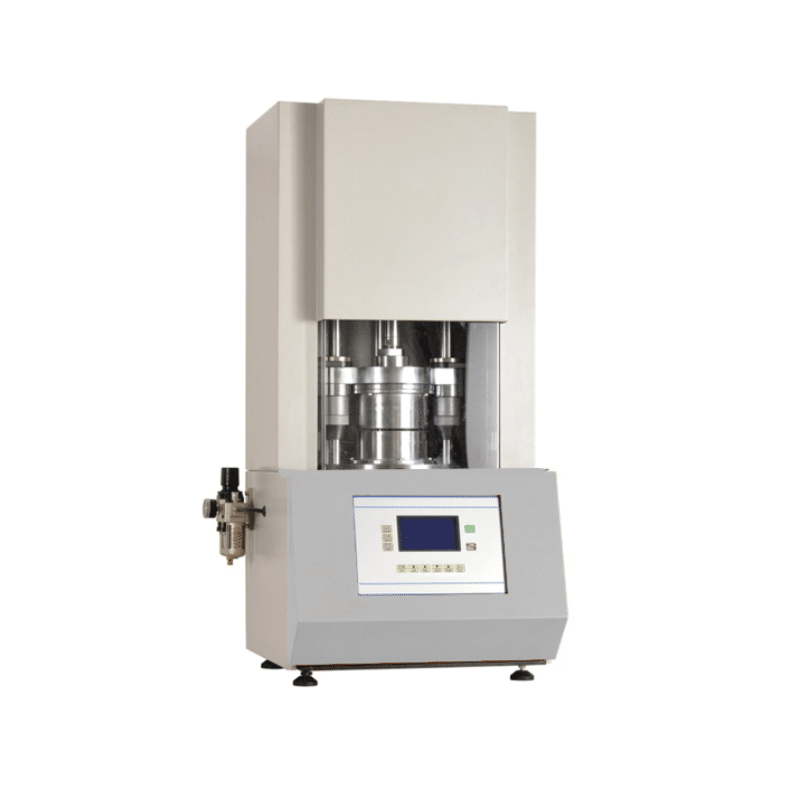
- Measures viscoelastic properties of rubber precisely.
- Ensures performance consistency during material processing.
- Provides accurate curing profile of rubber compounds.
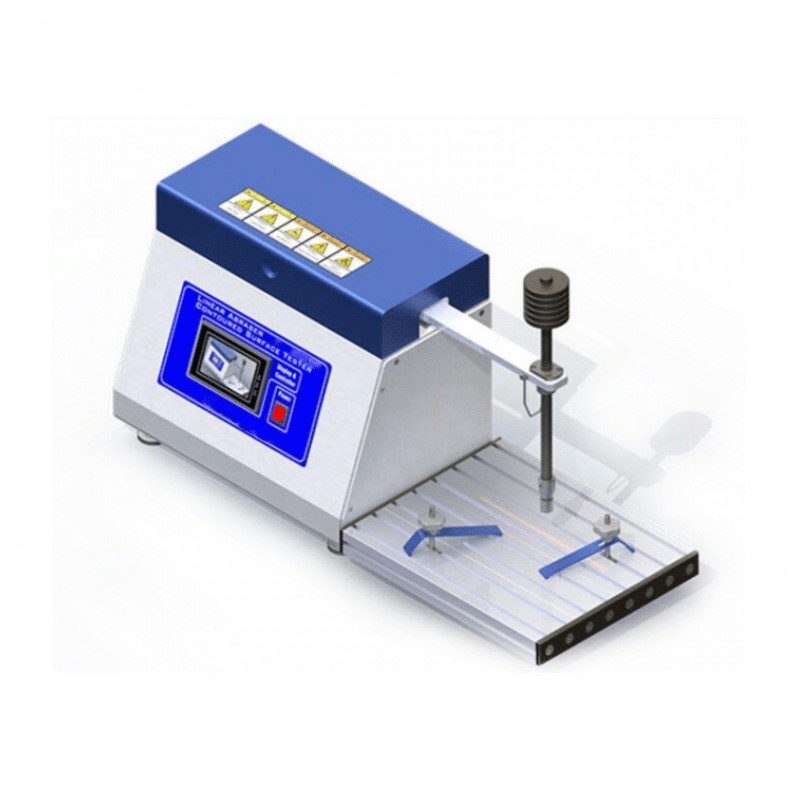
- Evaluates wear resistance of rubber materials.
- Tests durability under continuous friction conditions.
- Suitable for diverse industrial rubber applications.
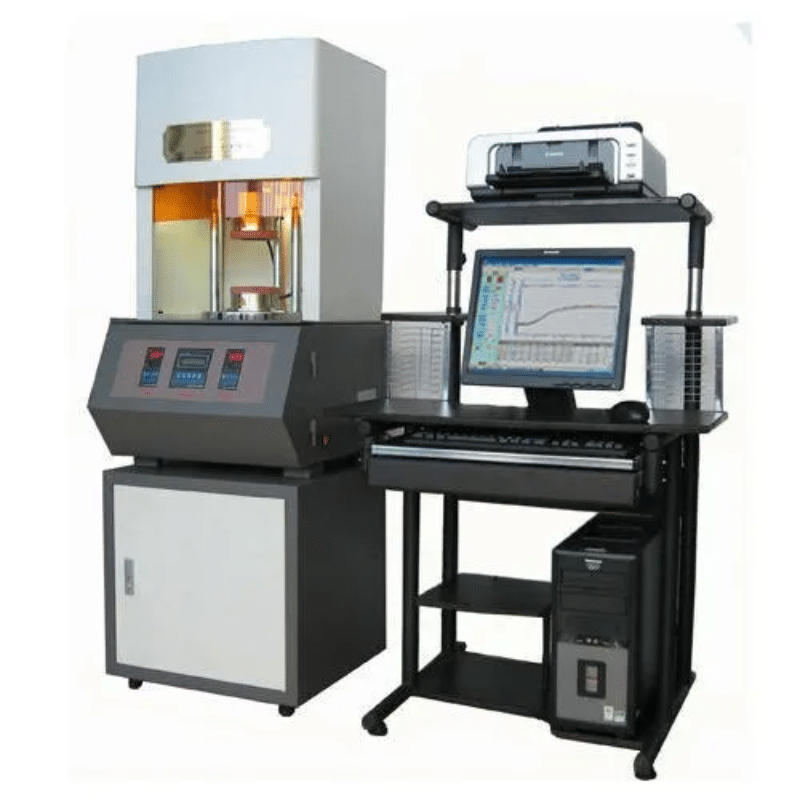
- Determines dry rubber content with high accuracy.
- Designed for efficient raw material quality control.
- Compact and user-friendly for repetitive testing.
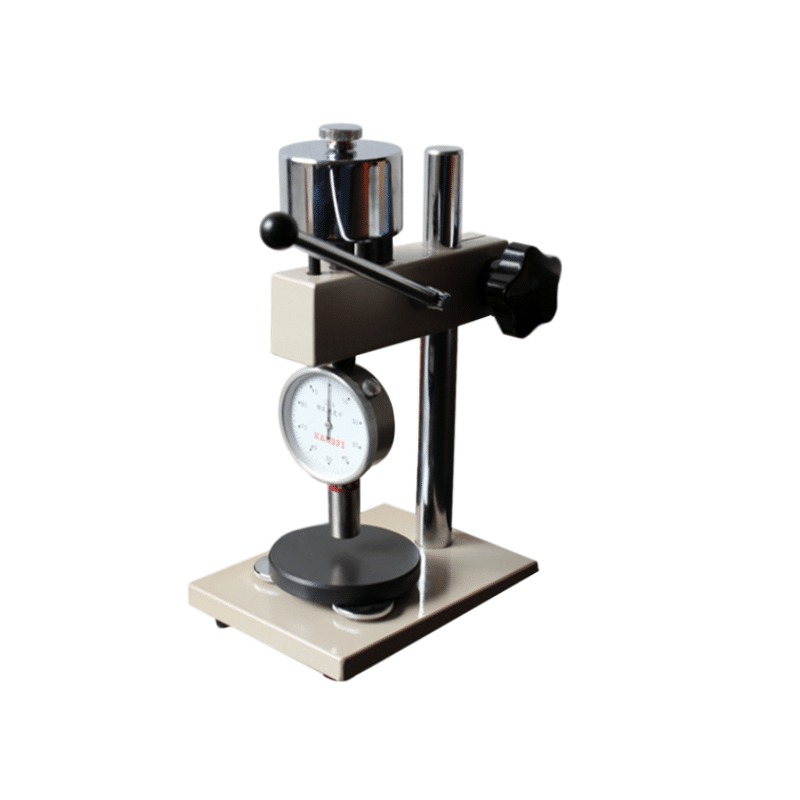
- Precise measurement of rubber's hardness level.
- User-friendly interface for easy operation.
- Durable design suitable for frequent industrial use.
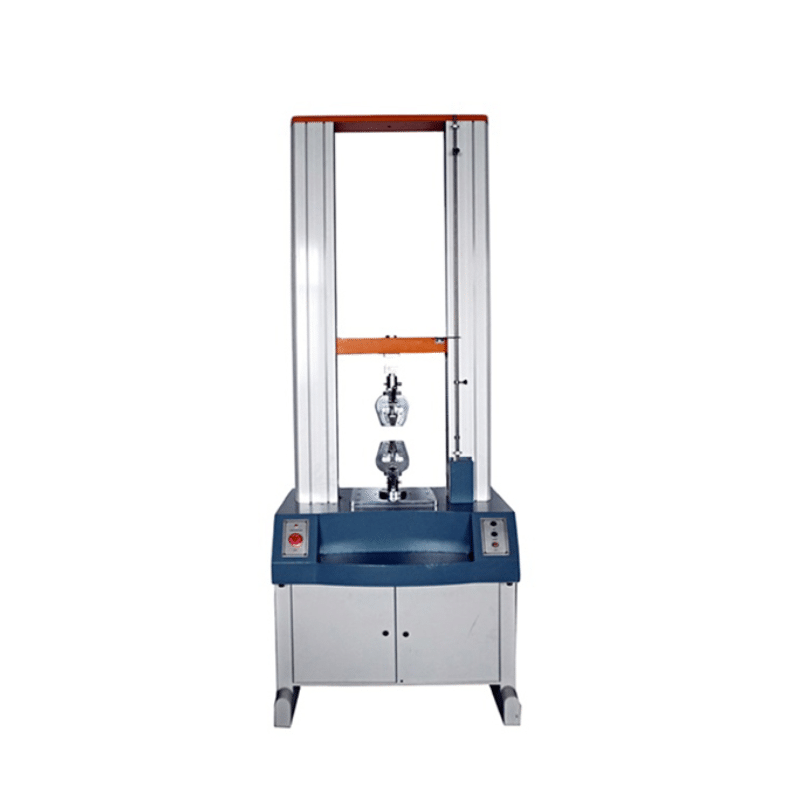
- Accurately measures tensile strength under varied conditions.
- Compact design ideal for laboratory and industrial applications.
- High-quality sensors ensure reliable and repeatable results.
Rubber Testing Equipment Technical Parameters
| Specification | Rheometer for Rubber Testing | Abrasion Tester for Rubber | Rubber DRC Testing Machine |
|---|---|---|---|
| Purpose | Measures rheological properties | Tests rubber abrasion resistance | Determines dry rubber content |
| Key Feature | Precise control of temperature and speed | High durability materials | Accurate moisture content analysis |
| Typical Applications | Quality control, material research | Tire and footwear testing | Latex and rubber industry |
| Testing Standard Compliance | ASTM D5289 | ISO 4649 | ASTM D1076 |
| Temperature Range | Up to 200掳C | Not applicable | Not applicable |
| Test Sample Size | Standard dimensions required | Variable | Small latex samples |
| Power Requirement | 220V/50Hz | 220V/50Hz | 220V/50Hz |
| Display | Digital | Digital | Digital |
| Portability | Stationary | Portable | Stationary |
| Specification | Rubber Hardness Testing Machine | Rubber Tensile Testing Machine |
|---|---|---|
| Testing Purpose | Measures the hardness of rubber | Measures the tensile strength of rubber |
| Key Standard Compliance | ASTM D2240, ISO 7619 | ASTM D412, ISO 37 |
| Measurement Range | Shore A, Shore D scales | Up to 50 kN |
| Display Type | Digital or analog | Digital |
| Testing Environment Needs | Laboratory or controlled conditions | Laboratory or controlled conditions |
| Size of Testing Samples | Small to medium-sized rubber pieces | Standard or custom rubber specimens |
| Additional Features | Portable options available | Multi-speed testing capabilities |
| Power Supply | Battery or AC power | AC power only |
Application of Rubber Testing Equipment
Tensile Strength Testing
Hardness Testing
Compression Set Testing
Heat Resistance Testing
Aging Resistance Testing
Frequently Asked Questions
Rubber testing equipment is used to analyze the physical, mechanical, and chemical properties of rubber materials. This helps manufacturers ensure quality, durability, and compliance with industry standards.
Tests include tensile strength, elasticity, hardness, abrasion resistance, aging resistance, and thermal properties among others, depending on the specific requirements for the rubber material.
Rubber testing equipment is widely used in industries such as automotive, aerospace, construction, footwear, and medical devices, where rubber components play a critical role in product performance.
Rubber hardness is measured using a durometer, a specialized tool designed to assess the material’s resistance to indentation, providing results in Shore hardness units.
Rubber testing typically follows international standards such as ASTM, ISO, or DIN to ensure consistency, safety, and performance across products.
Yes, many manufacturers offer customizable rubber testing equipment to cater to unique testing requirements, such as specialized test parameters or specific environmental conditions.
